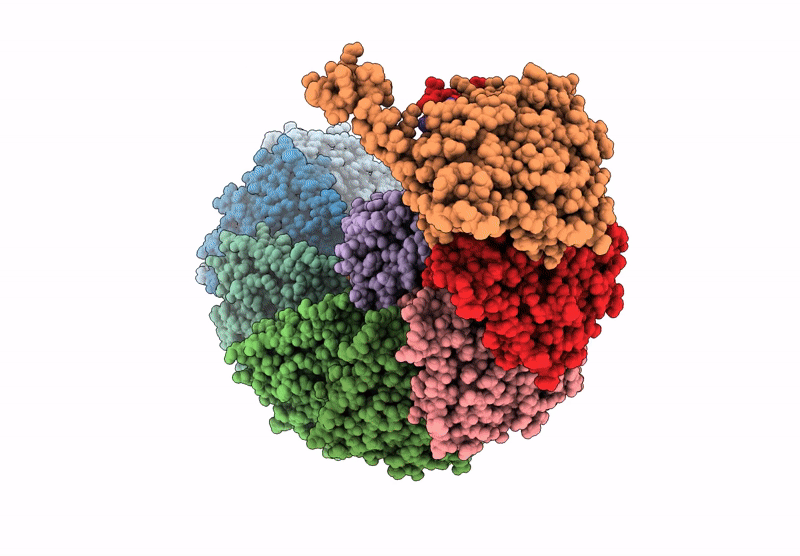
Deposition Date
2022-06-21
Release Date
2023-02-15
Last Version Date
2025-06-04
Entry Detail
Biological Source:
Source Organism:
Desulfovibrio vulgaris (Taxon ID: 882)
Host Organism:
Method Details:
Experimental Method:
Resolution:
2.70 Å
Aggregation State:
PARTICLE
Reconstruction Method:
SINGLE PARTICLE


